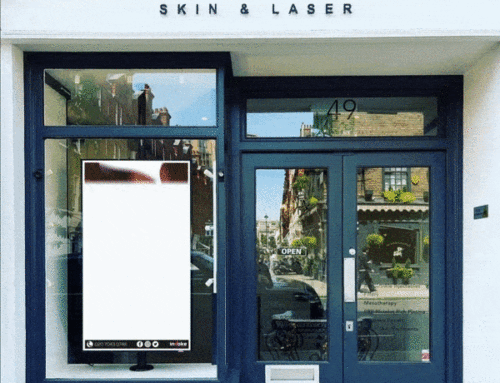When McDonald’s upgraded its traditional print menus to digital menu boards, it ran into a few challenges. These challenges were not in regards to the actual technology, but rather communication, according to Rick Cook, senior manager of U.S. IT restaurant solutions at McDonald’s at a presentation at Digital Signage Expo.
“Technology challenges are generally communication challenges,” Cook said at the event. When the QSR began deploying menu boards, it’s goal was to improve customer service experience by integrating menu boards with all of its U.S. locations.
This was a massive task, considering the QSR had to deploy 40,000 screens while working with 45 different creative agencies. Other complexities included localized content, specials, FDA regulators, screen size variance and other issues.
Once the screens were actually deployed, however, the company ran into other issues at the individual restaurant level. The company waited three months after initial deployment to run an analysis to identify these key issues. Some of these issues included:
Regional owners having issues with national promos
In the past, McDonald’s relied on a pull mentality when it came to communication with regional managers, according to Cook. This meant if the company planned to do some sort of national campaign, it would contact the managers directly and tell them how to change the content on the menu boards through the graphical user interface.
The problem with this approach is that some regional managers wouldn’t read the email, or they wouldn’t understand the process.
To address this issue, McDonald’s decided to adopt a push process. The restaurant would simply push this content to the restaurants directly, so that regional owners wouldn’t have to worry about setting it up.
Outdated GUI
One big challenge for the deployment was integrating the menu boards with outdated GUIs. Cook emphasized that young workers managing the system would not appreciate an unintuitive system.
The restaurant tried to fix this issue by upgrading to a WYSIWYG GUI that allowed users to see changes in real time. The GUI established three categories of menu items; required; default; and local. Required items could not be changed, whereas default could be. Local was populated by local items. If a regional manager chose not to fill the local spot, the system would delete the local option from the menu board and remove the white space.
Cook said that the process would have gone smoother if the restaurant had upgraded the GUI before deploying the digital menu boards.
Communicate, communicate and communicate some more
For large scale deployments, communication and training are absolutely key. “You have to communicate to thousands of business owners. You have to make sure content managers are on board with the message,” Cook said.
Cook emphasized that one key way to address this is to make sure senior leadership is championing the technology. It’s not a matter of the actual technology, it’s a matter of how well you communicate about the technology.




